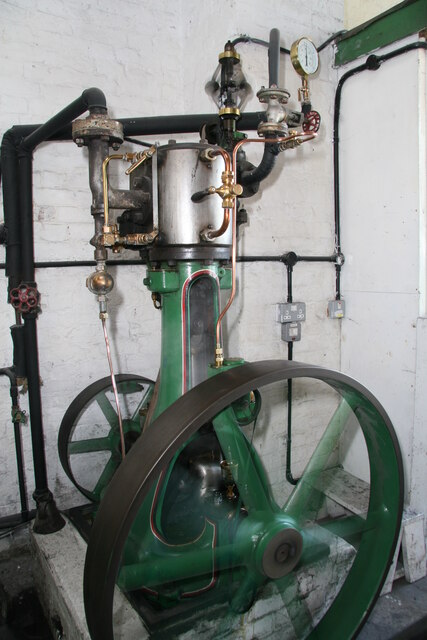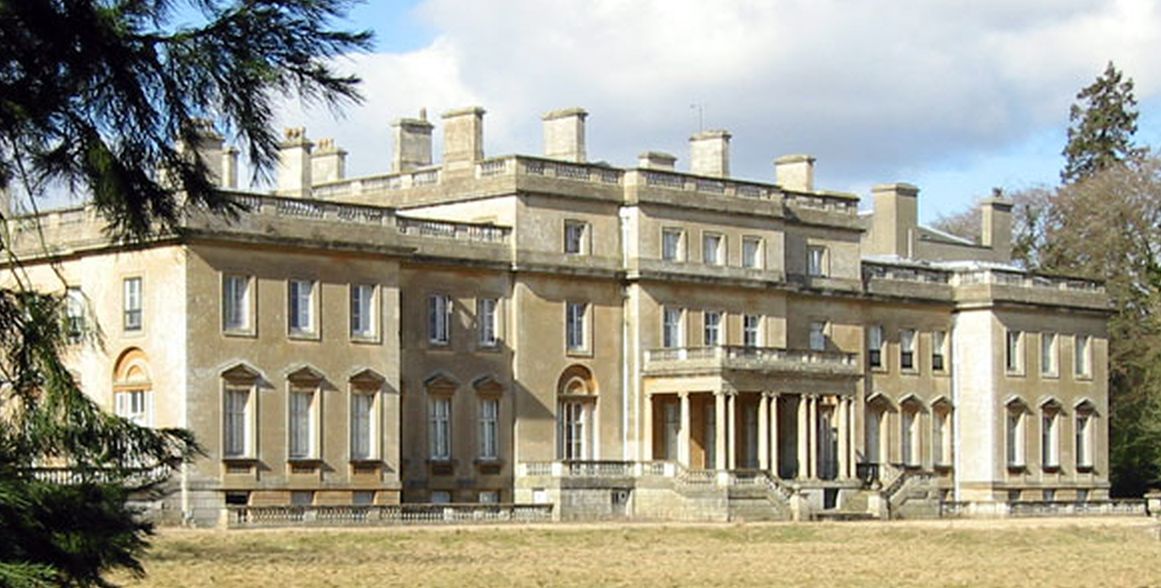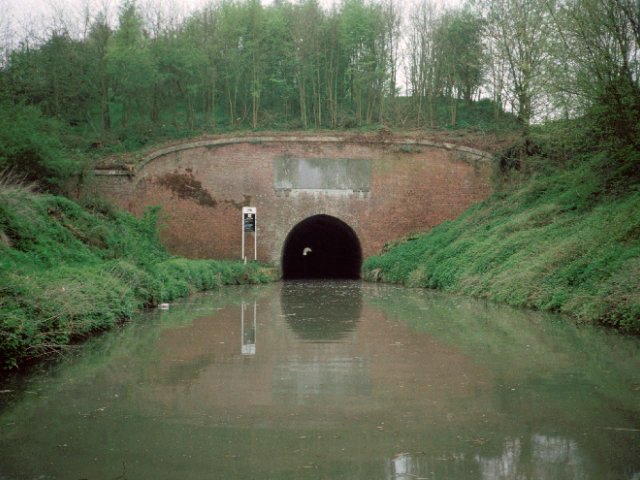Tottenham House
Heritage Site in Wiltshire
England
Tottenham House

Tottenham House is a historic mansion located in the county of Wiltshire, England. Situated near the village of Great Bedwyn, this stately home holds significant historical and architectural importance. The mansion is positioned within a sprawling estate of over 1,000 acres, surrounded by picturesque parkland and gardens.
Originally dating back to the 18th century, Tottenham House was designed by renowned architect James Wyatt and completed in 1821. The mansion boasts a neoclassical style, with elegant proportions and intricate detailing. Its grand facade features a central portico supported by Ionic columns, giving the building a majestic appearance.
Throughout its history, Tottenham House has been home to several notable families, including the Pleydell-Bouverie and the Ailesbury families. The interior of the mansion reflects the grandeur and opulence associated with these aristocratic residences. The rooms are adorned with exquisite period furnishings, luxurious fabrics, and ornate plasterwork. Visitors can explore the grand reception rooms, the impressive library, and the stunning state bedrooms, each one showcasing the wealth and taste of its former occupants.
Surrounding the mansion are beautifully landscaped gardens, offering a tranquil retreat for visitors to enjoy. These gardens feature well-manicured lawns, charming flower beds, and mature trees that provide shade and serenity. Additionally, the estate includes a lake, woodland areas, and parkland, providing ample opportunities for leisurely walks and outdoor activities.
Tottenham House is a treasured heritage site, reflecting the grandeur and elegance of its past. It provides visitors with a glimpse into the lives of the wealthy and influential families who once called it home, as well as an opportunity to appreciate its architectural splendor and natural beauty.
If you have any feedback on the listing, please let us know in the comments section below.
Tottenham House Images
Images are sourced within 2km of 51.37/-1.648 or Grid Reference SU2463. Thanks to Geograph Open Source API. All images are credited.

















Tottenham House is located at Grid Ref: SU2463 (Lat: 51.37, Lng: -1.648)
What 3 Words
///narrating.escape.vent. Near Burbage, Wiltshire
Nearby Locations
Related Wikis
Tottenham House
Tottenham House is a large Grade I listed English country house in the parish of Great Bedwyn, Wiltshire, about five miles southeast of the town of Marlborough...
Hawtreys
Hawtreys Preparatory School was a private boys' preparatory school in England, first established in Slough, later moved to Westgate-on-Sea, then to Oswestry...
Savernake Low Level railway station
Savernake Low Level railway station was a station on the Berks and Hants Extension Railway, near the village of Burbage in Wiltshire, England. It was open...
Bruce Tunnel
The Bruce Tunnel is on the summit pound of the Kennet and Avon Canal between Wootton Top Lock and Crofton Locks in Wiltshire, England. The tunnel is 502...
Have you been to Tottenham House?
Leave your review of Tottenham House below (or comments, questions and feedback).




